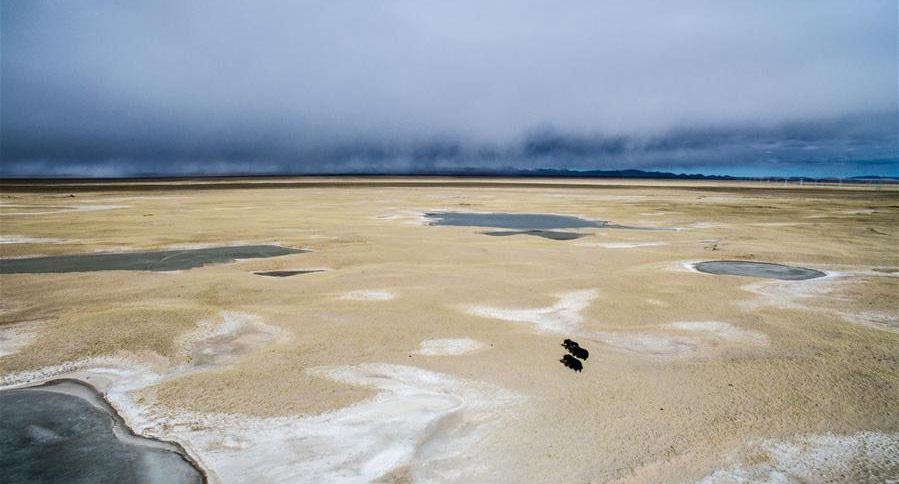
(TibetanReview.net, Jul11, 2017) – After celebrating the UNESCO’s approval of the Kekexili National Nature Reserve in Qinghai Province and the Gulangyu, a pedestrian-only island off the coast of Fujian province, as world heritage sites during its World Heritage Committee session in Poland on Jul 7, China has admitted Jul 10 that many of its now 52 World Heritage sites receive poorer protection after being listed.
The Kekexili National Nature Reserve is situated in Yulshul (Chinese: Yushu) Prefecture of Qinghai Province. Tibet advocacy groups, including Washington-based International Campaign for Tibet, have contended that the UNESCO’s approval contravenes values and guidelines of the international cultural body itself and will lead to severe dilution of the site’s centuries-old Tibetan cultural heritage and way of life as well as severe damage to its natural environment.
Kekexili’s inclusion on the UNESCO World Heritage List offers inspiration to those protecting the nation’s natural and cultural heritage, said an opinion piece posted on China’s official media website chinadaily.com.cn Jul 10. It said other nature reserves whether on the list or not, must stay true to their mission of preserving the country’s natural beauty and wildlife.
However, the opinion piece then continued that many of China’s 52 World Heritage sites receive poorer protection after being listed, as some local officials see being included on the list as a goose that lays a golden egg instead of an inspiration to better protect cultural relics. It added that some of them had received warnings from UNESCO over the past two decades for failing to keep up the good work.
It cited the example of Zhangjiajie National Forest Park in Central China’s Hunan province which it said had received a warning just six years after being listed as a UNESCO World Natural Heritage Site in 1992 because of a number of newly constructed buildings. It added that the authorities had to restore an area of nearly 340,000 square meters at the cost of over 1 billion yuan (US$150 million).
The purpose of applying for inclusion on the UNESCO World Heritage List is to better protect a county’s natural and cultural heritage, not to exploit their commercial potential, the opinion piece concluded.


